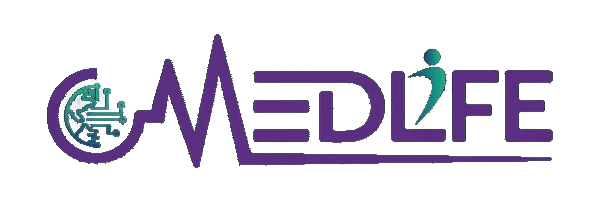Introduction
At MedLife Mbs, we know that billing for mental health services requires precision and knowledge of various procedures and codes. Proper billing ensures you get reimbursed for the valuable services you provide. However, the process can be confusing without the right guidance. In this comprehensive guide, we’ll walk you through the steps of how to bill for mental health services, so you can maximize your revenue and avoid common billing mistakes.
Step 1: Verify Patient Insurance and Eligibility
The first step in our comprehensive medical billing is confirming that your patient’s insurance plan covers the services you offer. Not all insurance plans provide comprehensive mental health coverage, so it’s essential to verify the benefits before providing services.
- Contact the insurer: Reach out to the patient’s insurance company to check for mental health benefits and preauthorization requirements.
- Check coverage limits: Some plans may have session limits or require referrals for specific types of therapy or medication management.
At MedLife Mbs, we handle all insurance verifications upfront, making sure your services are covered before you start treatment. This avoids claim rejections and saves you time.
Step 2: Use Accurate CPT Codes for Mental Health Services
Next, it’s critical to use the correct Current Procedural Terminology (CPT) codes when billing for mental health services. These codes tell insurance companies what services were provided and are essential for proper reimbursement. Some common mental health CPT codes include:
- 90791: Psychiatric diagnostic evaluation
- 90832: 30-minute individual psychotherapy session
- 90834: 45-minute individual psychotherapy session
- 90837: 60-minute individual psychotherapy session
- 96130: Psychological testing evaluation
Selecting the right code can make or break your claim. If a service is undercoded, you may not receive the appropriate reimbursement. If overcoded, it could trigger an audit. At MedLife Mbs, we ensure that every code is accurate and reflects the services provided.
Step 3: Ensure Documentation Matches the Billing Codes
Accurate documentation is a cornerstone of mental health billing solutions. Each CPT code requires specific documentation to justify the service billed. For example, if you bill for a 60-minute session (CPT code 90837), your notes should reflect a full hour of therapy. Additionally, you should include details such as:
- Session length
- Patient progress
- Treatment goals
At MedLife Mbs, we work with your team to ensure that all documentation aligns with the services you’re billing for, reducing the likelihood of denied claims.
Step 4: Submit Claims in a Timely Manner
Timely claims submission is essential for maintaining healthy cash flow in your practice. Each insurer has a deadline for submitting claims, typically ranging from 30 to 90 days from the date of service. Failing to submit claims within this window can result in denial.
At MedLife Mbs, we streamline your claims process, submitting them promptly and tracking their status until reimbursement is received. Our goal is to minimize delays so you can get paid faster.
Step 5: Handle Rejected and Denied Claims Quickly
No matter how careful you are, rejected or denied claims can still happen. Reasons may include:
- Incorrect CPT codes
- Missing documentation
- Ineligible patient coverage
When a claim is denied or rejected, it’s essential to act quickly. Correct the issue and resubmit the claim as soon as possible to avoid further delays. At MedLife Mbs, we handle all claim rejections and denials for you, ensuring that your practice doesn’t lose revenue due to billing errors. We follow up with insurers and resolve issues so you don’t have to.
Step 6: Track Payment Status and Follow-Up
Keeping track of your payments is just as important as submitting claims. Insurers can sometimes delay payments or underpay claims. By actively monitoring the status of each claim, you can address payment issues before they become bigger problems.
At MedLife Mbs, we use advanced billing software to track all claims and payments in real-time. Our system alerts us to any delays or discrepancies, ensuring that you get paid what you’re owed without unnecessary waiting.
Step 7: Leverage Mental Health Billing Software
To simplify the billing process, many practices use mental health billing softwares with enhance features . These systems automate key tasks like insurance verification, claims submission, and payment tracking. At MedLife Mbs, we provide access to cutting-edge software that streamlines your billing, reduces errors, and helps you stay on top of every claim.
Our software also allows you to generate reports on your practice’s financial health, making it easier to track key metrics like total reimbursements, claim rejections, and outstanding balances. This level of visibility empowers you to make data-driven decisions that benefit your practice.
Conclusion
Billing for mental health services doesn’t have to be a hassle. By following these steps and partnering with MedLife Mbs, you can ensure that your claims are submitted correctly, your documentation aligns with billing codes, and your practice gets reimbursed promptly. Let us take the stress out of billing, so you can focus on what you do best—caring for your patients.

